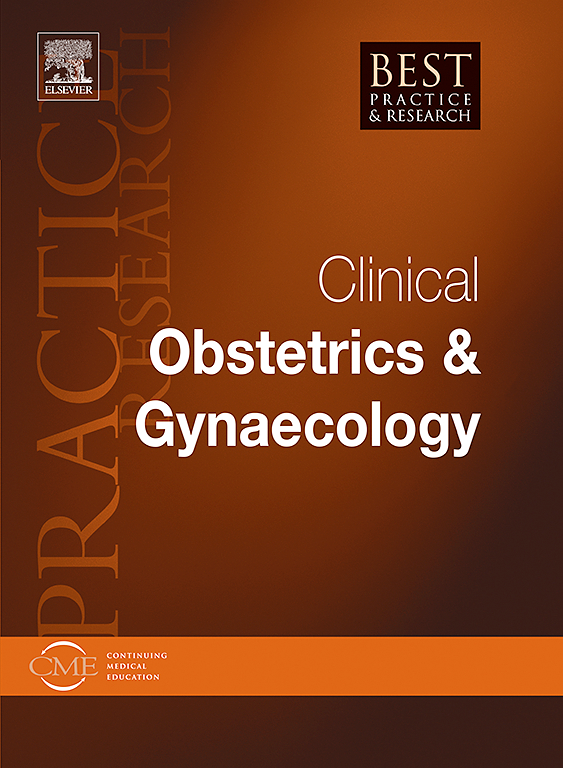Intrapartum ultrasound
IF 4.1
2区 医学
Q1 OBSTETRICS & GYNECOLOGY
Best Practice & Research Clinical Obstetrics & Gynaecology
Pub Date : 2025-06-02
DOI:10.1016/j.bpobgyn.2025.102617
引用次数: 0
Abstract
The use of intrapartum ultrasound has increased extensively over the last two decades. This increase is mostly driven by its higher accuracy, reliability and intra- and interobserver agreement compared to the traditionally-used vaginal examination for the assessment of several labor parameters. Moreover, it is less invasive, better tolerated by women and has a lower risk of pregnancy-related infections. The most important parameters that can be assessed by intrapartum ultrasound include the fetal head position, station and attitude. In the first section of this review, we explain how to use intrapartum ultrasound to assess these parameters, providing a broad overview of the different available techniques. The second section describes the indications of intrapartum ultrasound and provides some insight on how intrapartum ultrasound may help to improve management of abnormal labor. In the last section, we discuss the future perspectives of intrapartum ultrasound. This includes topics such as the incorporation of new labor parameters, such as maternal pelvimetry, molding and caput succedaneum; the development of “sonopartograms”, and the use of artificial intelligence. This review is intended for obstetricians and midwives involved in daily practice in the labor ward.
产时超声
在过去二十年中,产时超声的使用广泛增加。这一增长主要是由于与传统使用的阴道检查来评估几个分娩参数相比,其准确性、可靠性和观察者内部和之间的一致性更高。此外,它的侵入性较小,妇女的耐受性较好,并且妊娠相关感染的风险较低。产时超声可评估的最重要参数包括胎儿头部位置、体位和姿态。在本综述的第一部分,我们解释了如何使用产时超声来评估这些参数,提供了不同可用技术的广泛概述。第二部分描述了产时超声的适应症,并提供了一些关于产时超声如何帮助改善异常劳动管理的见解。在最后一节,我们讨论了产时超声的未来前景。这包括主题,如纳入新的劳动参数,如产妇骨盆测量,成型和头部继承;“声像图”的发展,以及人工智能的应用。本综述的目的是为产科医生和助产士参与产房的日常实践。
本文章由计算机程序翻译,如有差异,请以英文原文为准。
求助全文
约1分钟内获得全文
求助全文
来源期刊
CiteScore
9.40
自引率
1.80%
发文量
113
审稿时长
54 days
期刊介绍:
In practical paperback format, each 200 page topic-based issue of Best Practice & Research Clinical Obstetrics & Gynaecology will provide a comprehensive review of current clinical practice and thinking within the specialties of obstetrics and gynaecology.
All chapters take the form of practical, evidence-based reviews that seek to address key clinical issues of diagnosis, treatment and patient management.
Each issue follows a problem-orientated approach that focuses on the key questions to be addressed, clearly defining what is known and not known. Management will be described in practical terms so that it can be applied to the individual patient.

 求助内容:
求助内容: 应助结果提醒方式:
应助结果提醒方式:


